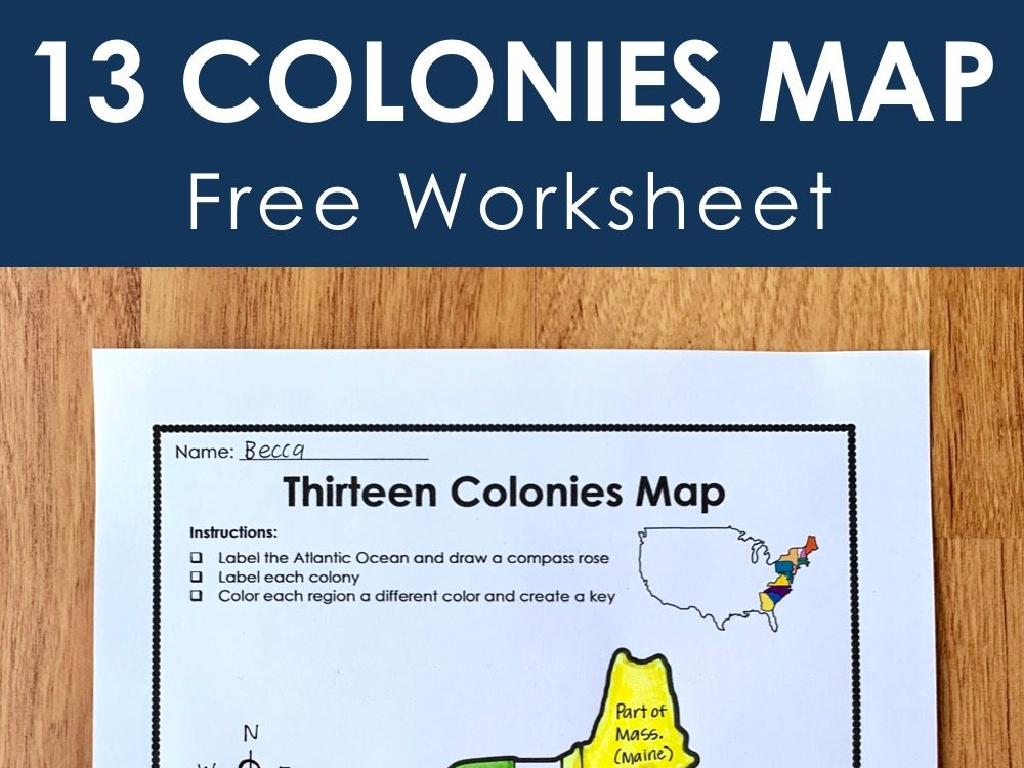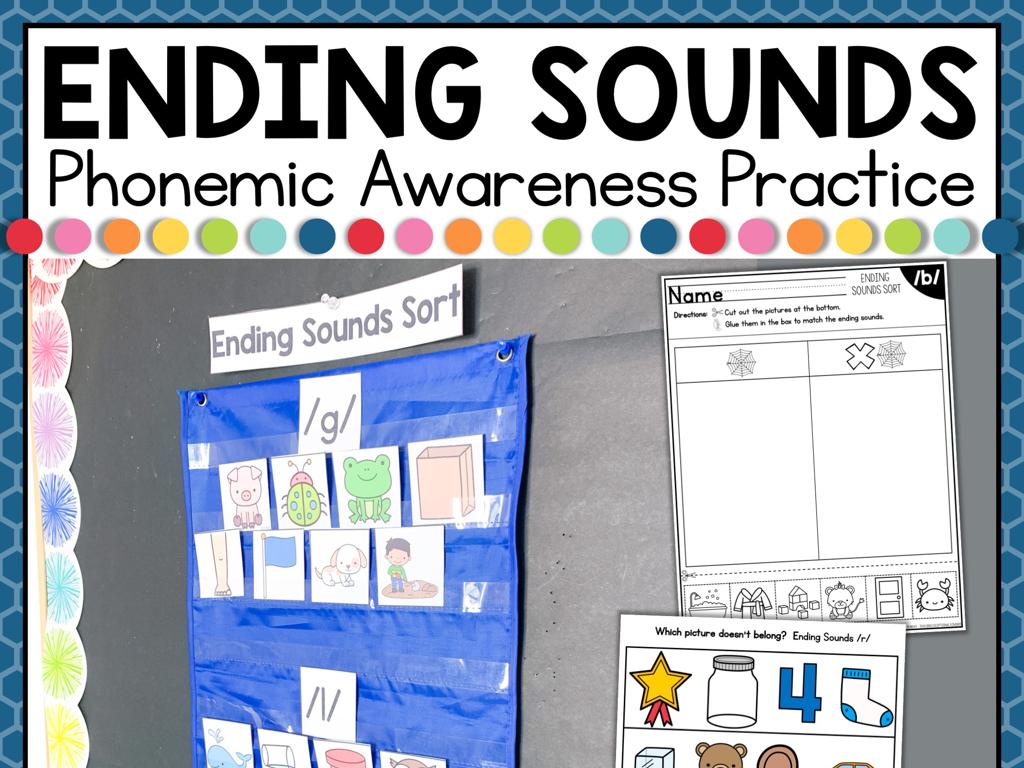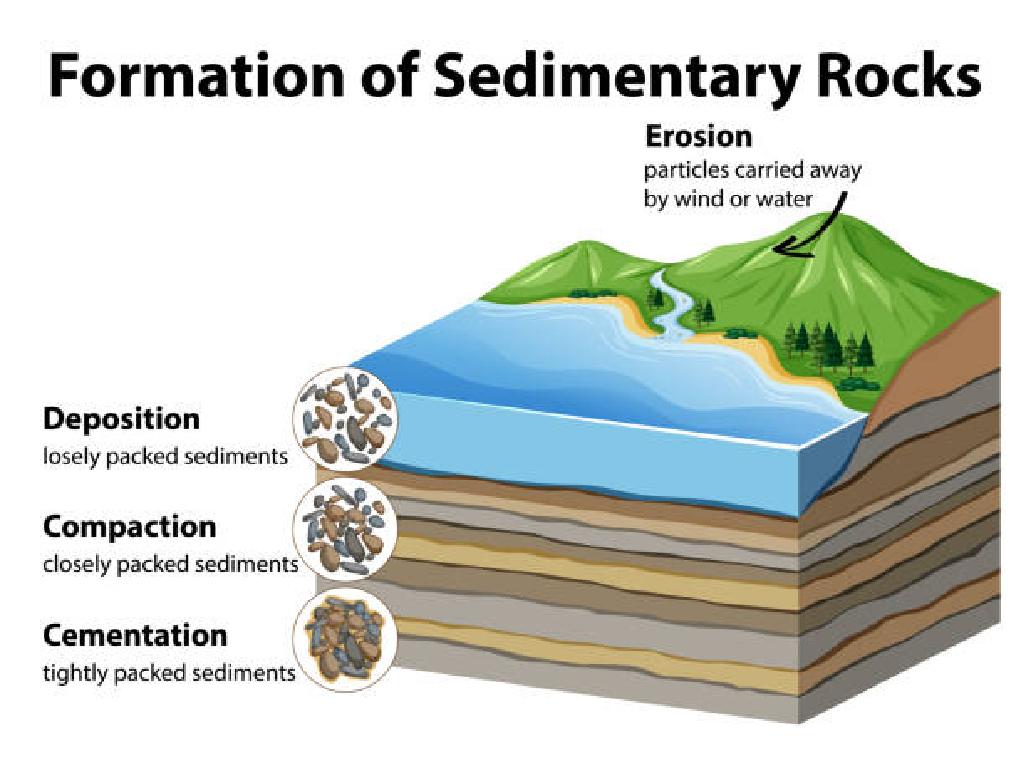Spell Adjectives That Compare
Subject: Language arts
Grade: Fourth grade
Topic: Adjectives And Adverbs
Please LOG IN to download the presentation. Access is available to registered users only.
View More Content
Spelling Comparative Adjectives
– What are adjectives?
– Adjectives describe nouns
– They tell us more about a noun’s size, color, shape, etc.
– Comparative adjectives compare
– They show who has more of a quality between two things
– Spelling rules for comparison
– Add ‘er’ to short adjectives, use ‘more’ for longer adjectives
|
Begin the lesson by explaining that adjectives are words that describe nouns, giving more information about things like size, color, and shape. Then, introduce comparative adjectives, which are used to compare two things. Teach the spelling rules for comparative adjectives: for short, one-syllable adjectives, add ‘er’ at the end (e.g., ‘tall’ becomes ‘taller’); for longer adjectives, use the word ‘more’ before the adjective (e.g., ‘beautiful’ becomes ‘more beautiful’). Provide examples and have students practice by picking out adjectives from sentences and converting them into their comparative forms. This will help them understand how to use and spell comparative adjectives correctly.
Understanding Adjectives
– Adjectives describe nouns
– Words that give us more info about nouns
– They give details about nouns
– Tell us size, color, shape, or how many
– Examples: ‘big’, ‘colorful’, ‘exciting’
– ‘Big tree’, ‘colorful flowers’, ‘exciting game’
– Adjectives make sentences vivid
– Help us picture things better in our minds
|
This slide introduces the concept of adjectives to the students. Adjectives are words that describe or modify nouns and pronouns, providing additional details about them. They can describe qualities such as size, color, quantity, and more, making our sentences more descriptive and interesting. For example, instead of just saying ‘tree’, we can say ‘big tree’, which gives us a clearer picture. Encourage students to think of adjectives as the coloring tools that add life to the drawings made by nouns in our language. Have students come up with their own examples of adjectives and use them in sentences to describe various nouns around the classroom.
Making Comparisons with Adjectives
– Comparative adjectives basics
– They compare two things, like ‘small’ vs. ‘smaller’
– Forming comparatives with ‘-er’
– Add ‘-er’ to short adjectives to compare two items
– Example: ‘big’ to ‘bigger’
– ‘Big’ describes one item, ‘bigger’ compares two
– Practice with more examples
|
This slide introduces the concept of comparative adjectives, which are used to compare two different things. Emphasize that for short adjectives, typically those with one syllable, we add ‘-er’ to the end of the word to form the comparative. For example, ‘big’ becomes ‘bigger’ when comparing two items. Encourage students to think of adjectives they know and how they might change when comparing objects. Provide additional examples and have students practice turning adjectives into their comparative forms, both as a class and in small groups. This practice will help solidify their understanding of how to use and spell comparative adjectives correctly.
Spelling Rules for Comparative Adjectives
– Add ‘-er’ to one-syllable adjectives
– Change ‘y’ to ‘i’, then add ‘-er’
– Example: ‘happy’ to ‘happier’
– ‘happy’ becomes ‘happier’ showing more joy
– Example: ‘tiny’ to ‘tinier’
– ‘tiny’ becomes ‘tinier’ indicating smaller size
|
This slide introduces the spelling rules for turning adjectives into their comparative forms, which is used to compare two things. For one-syllable adjectives, simply add ‘-er’ to the end of the word. For two-syllable adjectives that end in ‘y’, change the ‘y’ to ‘i’ and add ‘-er’. Provide clear examples like ‘happy’ to ‘happier’ and ‘tiny’ to ‘tinier’ to illustrate the rule. Encourage students to think of more examples and practice by writing sentences using the comparative forms of adjectives they come up with. This will help solidify their understanding of the spelling rules and how to use comparative adjectives in context.
Spelling Comparative Adjectives
– Some adjectives are irregular
– They don’t follow normal rules
– ‘Good’ changes to ‘better’
– Not ‘gooder’, but ‘better’
– ‘Bad’ turns into ‘worse’
– Not ‘badder’, but ‘worse’
– Always double-check for exceptions!
|
This slide focuses on the irregular forms of comparative adjectives, which do not follow the standard rule of adding ‘-er’ to the end of an adjective. Highlight the importance of memorizing these exceptions, as they are commonly used in everyday language. Provide examples such as ‘good’ becoming ‘better’ and ‘bad’ turning into ‘worse’. Encourage students to always look out for these exceptions when spelling comparative adjectives. To reinforce learning, you can have students list more examples, use them in sentences, or create a fun worksheet where they match adjectives with their correct comparative forms.
Let’s Practice Spelling Comparative Adjectives!
– Comparative of ‘tall’: taller
– Comparative of ‘happy’: happier
– Comparative of ‘large’: larger
– How to form comparatives
– Add ‘er’ to short adjectives, change ‘y’ to ‘i’ and add ‘er’ for adjectives ending in ‘y’
|
This slide is designed to help students understand and practice forming comparative adjectives. Start by explaining that comparative adjectives are used to compare two things. For short, one-syllable adjectives like ‘tall’, we simply add ‘er’ at the end to make ‘taller’. For adjectives that end in ‘y’ like ‘happy’, we change the ‘y’ to ‘i’ and add ‘er’ to form ‘happier’. For two-syllable adjectives ending in ‘e’ like ‘large’, we also add ‘r’ to make ‘larger’. Encourage students to practice with more examples and explain that not all adjectives follow these rules, and some have irregular forms. Provide a list of common adjectives and have students convert them into their comparative forms. This activity will reinforce their understanding of spelling rules related to adjectives that compare.
Using Comparative Adjectives
– Comparative adjectives show difference
– They compare two things, like ‘bigger’ or ‘faster’
– Example: ‘This book is more interesting than the other.’
– ‘Interesting’ compares two books
– Create your own comparison sentences
– Use objects in the classroom to make sentences
|
This slide introduces students to comparative adjectives, which are used to compare two different things. Start by explaining that these special adjectives help us describe how one thing has more or less of a quality than another. Use clear examples to illustrate this point, such as comparing two books, animals, or even foods. Encourage students to think of their own examples and create sentences using items they are familiar with. This activity will help them understand the concept and how to use comparative adjectives in their writing. Provide guidance on sentence structure and ensure they grasp the concept of comparison.
Class Activity: Comparative Adjective Hunt
– Find objects to compare in class
– Look for items like books, desks, or windows
– Write sentences with comparative adjectives
– Use words like ‘taller’, ‘shorter’, ‘bigger’ to compare
– Share your sentences with the class
– Practice speaking skills and learn from others
|
This activity is designed to help students understand and use comparative adjectives in a fun and interactive way. Have the students walk around the classroom and find objects they can compare. They should then write sentences using comparative adjectives to describe how one object compares to another (e.g., ‘This book is thicker than that one.’). After writing their sentences, students will share them with the class, which will help reinforce their understanding and provide speaking practice. For the teacher: Prepare a list of comparative adjectives as a reference for the students, monitor the activity to ensure all students are participating, and provide feedback on their sentences. Possible variations of the activity could include comparing animals, people, or even ideas from a story or lesson.
Wrapping Up: Comparative Adjectives
– Congrats on learning comparative adjectives!
– Homework: Write 5 sentences
– Create sentences using words like ‘taller’, ‘smarter’
– Use comparative adjectives in each
– Compare two things using adjectives
– Share your sentences in the next class
|
Students have learned about comparative adjectives, which are used to compare two things. For homework, they are tasked with writing five original sentences that use comparative adjectives. This exercise will help reinforce their understanding of how these adjectives function within a sentence. Encourage creativity and the use of a variety of adjectives. In the next class, students will have the opportunity to share their sentences, which will help build confidence in their language skills and allow for peer learning. As a teacher, be prepared to provide feedback and highlight excellent usage of comparative adjectives in students’ sentences.





